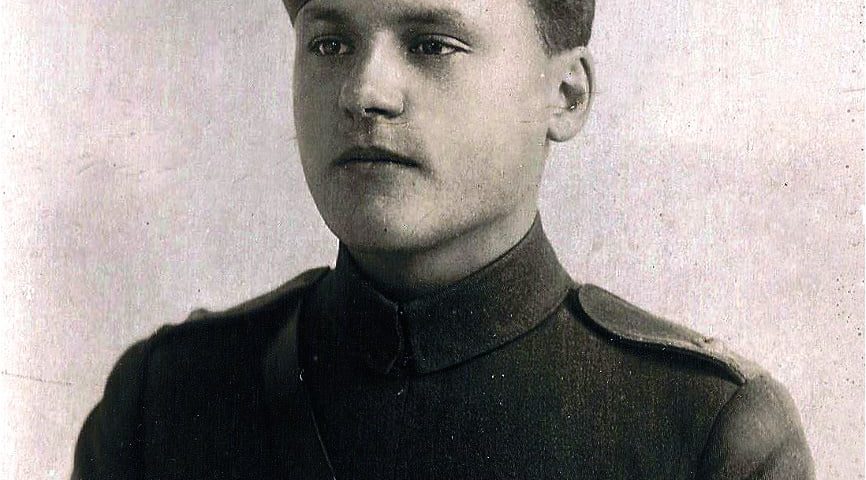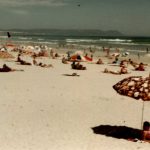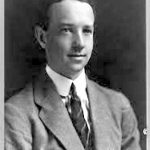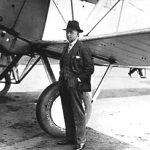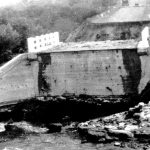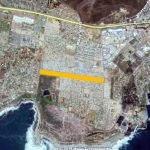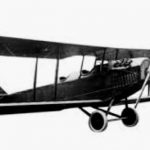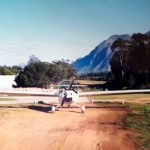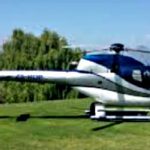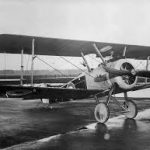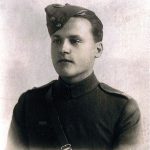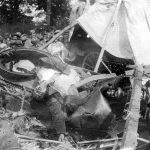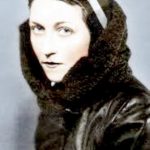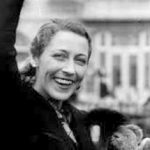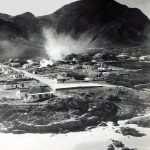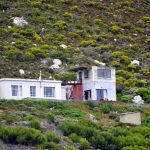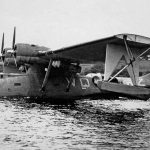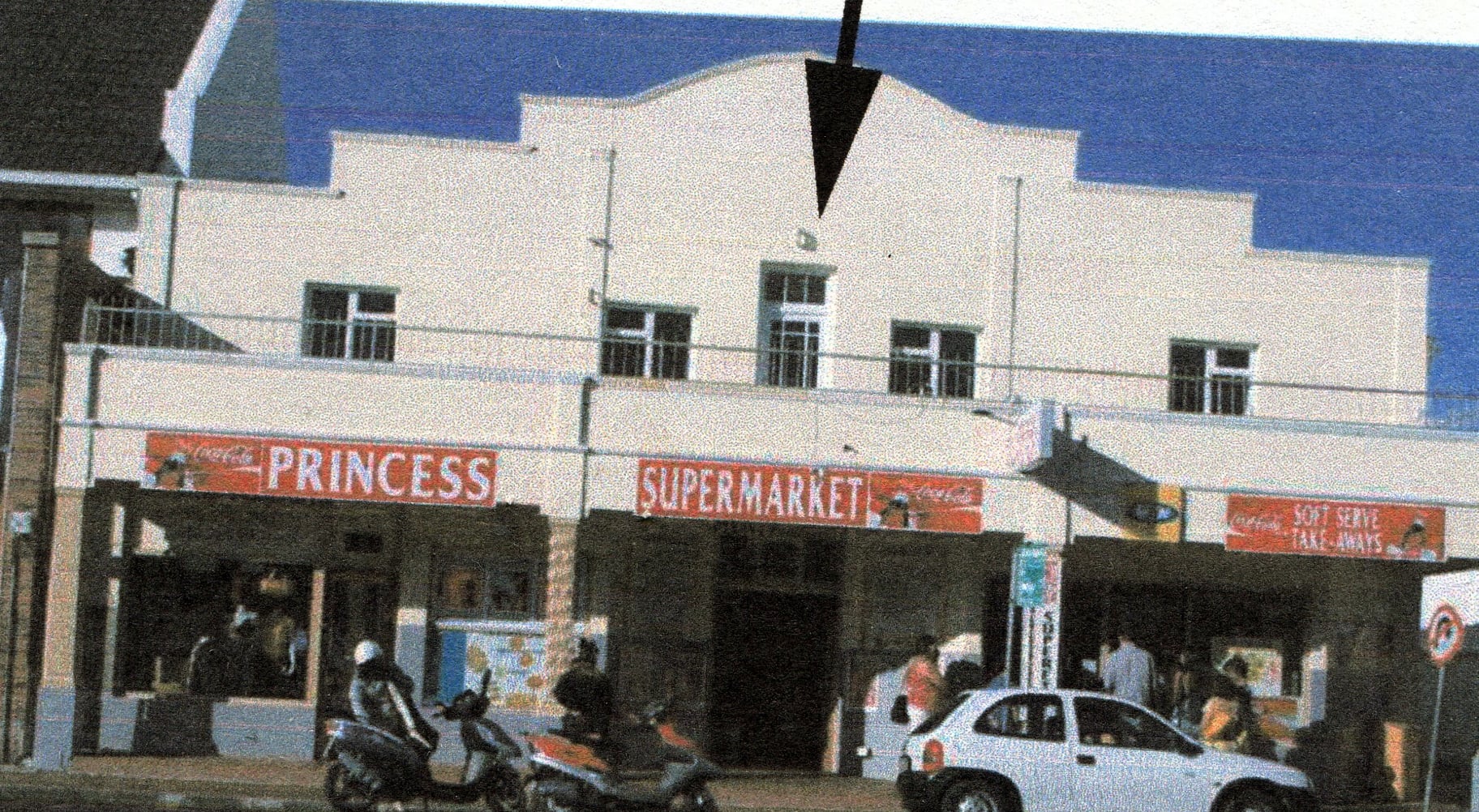
CAFES IN OLD HERMANUS
January 25, 2021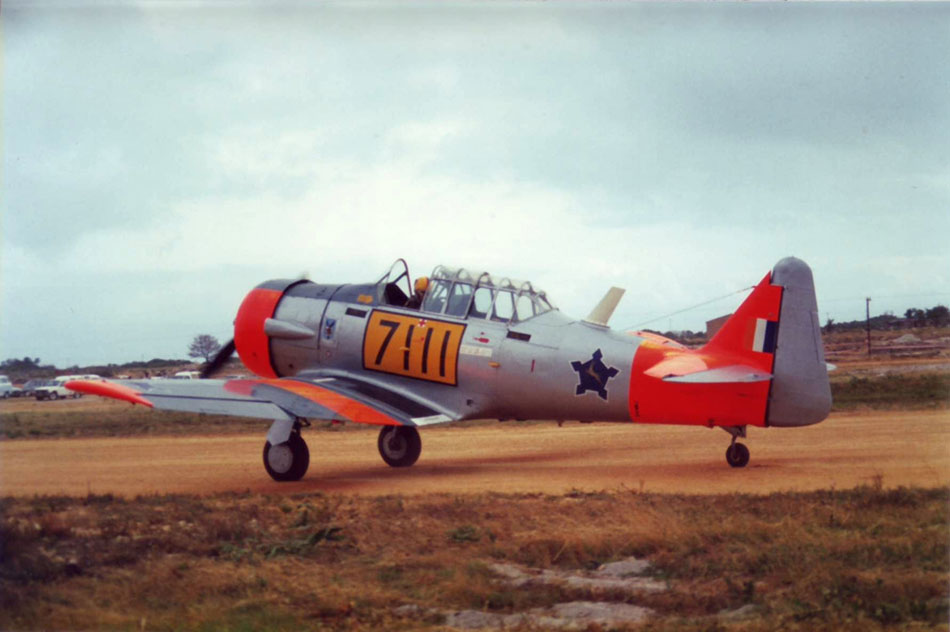
Hermanus history and powered flight – Part 2
January 29, 2021Hermanus, everyone agrees, is a seaside town. The names tell you that: the Old Harbour, the New Harbour, Voelklip Beach, Harbour Road, Poole's Bay, Kwaaiwater, Klein River Estuary – the list goes on.
Yet for well over a hundred years, Hermanus has had a history of contact with powered flight and aircraft. It all starts in 1916, when 18-year-old Henry Luyt, son of P John Luyt, the owner of the Marine Hotel, left school and went off to join the Royal Air Corps in England to fight in WWI. He received three months training and flew a couple of sorties over the German lines for a month or so, before being shot down by anti-aircraft fire. Surprisingly, his plane landed upside down on an unoccupied trench in Belgium and he survived. He came back to Hermanus and established a circle of friends who owned private aircraft. Henry's father persuaded him not to fly again. Still, for most of the 1920s, his friends regularly flew to Hermanus during the 'season' (December and January), landed on Grotto Beach and then took brave holidaymakers up for what were called 'flips' over Walker Bay and inland to the mountains.
Henry's passion for planes got another boost in 1932 when the famous British female flyer Amy Johnson stayed at the Marine Hotel. She had just flown solo from London to Cape Town in record time and was the darling of all the media. She had previously flown solo from London to Australia, also in record time and been awarded the title CBE (Companion of the British Empire) by King George V. In 1936, would repeat her flight London to Cape Town, breaking the men's' record as well as her own, but did not come to Hermanus that time. Sadly, she was to die in controversial circumstances in the early years of WWII.
In the early 1940s, the Royal Air Force established a flying boat base on the Bot River Estuary. Using the famous Catalina seaplanes, many sorties were flown against German U-boat operation along the South African East Coast. Radar installations supported them from Betty's Bay and other locations. Many of the pilots stayed at the old Onrus Hotel during those years and got involved with the life of Hermanus. When the bridge over the Onrus River was washed away in 1943, the pilots and technicians from the Catalina squadron built temporary bridges over the river so that the town of Hermanus was not wholly cut off.
In the 1960s, Hermanus got its own airstrip, built where part of Zwehlihle is now. Many visitors flew into Hermanus on holiday, rather than drive from Cape Town and other parts of South Africa. Local flying enthusiasts kept hangars for private planes there and flew for pleasure. You can see where the airstrip was at that time in one of the images with this post. However, as pressure for housing in the area grew in the 1970s, the airstrip became surrounded by human settlement. Acts of sabotage of the hangars and the planes began. The airstrip finally ceased to function in the 1980s.
The famous British aircraft designer and manufacturer Sir Thomas Sopwith owned a house and land in Voëlklip for several years. I am busy finding out about him now. His estate was at the corner of 1st Avenue and 11th Street and named 'Onderberg'. In the 1920s, he designed and built the famous Sopwith Camel plane.
The photos with this post give more information about Hermanus and the wonder of flight. Nowadays, we are limited to the occasional screaming jet overhead or helicopters landing tourist at the Marine Hotel, where Henry Luyt lived 100 years ago, and AmyJohnson visited 70 years ago.

